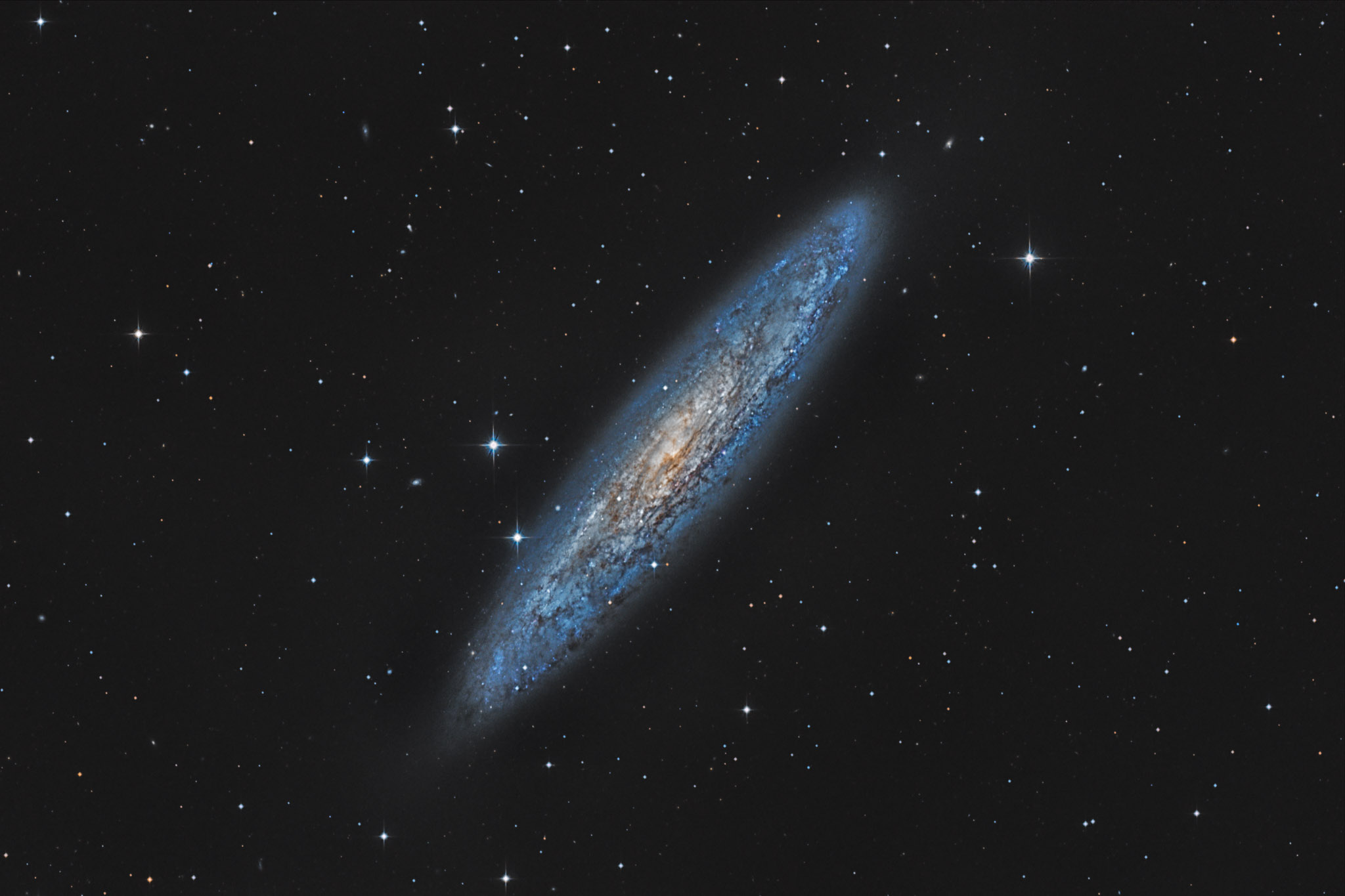NASA’s EZIE Mission: Unlocking the Secrets of Earth’s Electrojets 🚀🌌
Introduction
On March 14, 2025, NASA launched the Electrojet Zeeman Imaging Explorer (EZIE), a groundbreaking mission to study auroral electrojets—powerful electrical currents flowing through Earth’s atmosphere during auroras. These electrojets play a vital role in space weather, which can disrupt GPS, satellite communications, and power grids.
Using three small CubeSats, EZIE will provide unprecedented data to improve our understanding of these currents and their impact on Earth’s technological infrastructure. But how does it work, and why does it matter? Let’s dive in!
🌎 The Science Behind Auroral Electrojets
What Are Auroral Electrojets?
Electrojets are intense electric currents flowing through Earth’s ionosphere at altitudes of about 100 km (62 miles). They are linked to the aurora borealis (Northern Lights) and aurora australis (Southern Lights) and occur when charged particles from the Sun interact with Earth’s magnetic field.
Why Are Electrojets Important?
-
They cause geomagnetic storms that can disrupt satellites and power grids.
-
They affect radio communication and GPS accuracy.
-
They play a role in Earth's magnetosphere dynamics.
Understanding electrojets is crucial for predicting space weather, which can impact everything from astronaut safety to daily technologies on Earth.
🛰️ How NASA’s EZIE Mission Works
EZIE’s Three CubeSats: A “Pearls-on-a-String” Formation
EZIE consists of three identical CubeSats flying in a unique “pearls-on-a-string” formation at altitudes between 420 to 590 km (260 to 370 miles). This setup allows them to measure how electrojets evolve over time as they pass over the same regions at 2 to 10-minute intervals.
The Microwave Electrojet Magnetogram (MEM) Instrument
Each CubeSat carries a specialized instrument called the Microwave Electrojet Magnetogram (MEM), developed by NASA’s Jet Propulsion Laboratory (JPL). MEM maps the magnetic fields associated with electrojets, helping scientists understand their structure and variations.
⚡ Why EZIE Matters for Space Weather Research
EZIE will provide high-resolution magnetic field data, which will:
✅ Improve space weather models to predict geomagnetic storms.
✅ Help protect satellites, power grids, and navigation systems.
✅ Enhance our understanding of the Sun-Earth connection.
By studying how electrojets behave, NASA aims to reduce the risks posed by space weather to modern technology.
🔭 NASA and Mission Collaborators
-
NASA’s Heliophysics Division funds EZIE.
-
Johns Hopkins Applied Physics Laboratory (APL) leads the mission.
-
Blue Canyon Technologies built the CubeSats.
-
Jet Propulsion Laboratory (JPL) developed the MEM instrument.
EZIE is part of NASA’s Explorers Program, which focuses on low-cost, high-impact space missions.
🚀 The Future of Space Weather Research
EZIE is just one piece of the puzzle in understanding Earth’s magnetosphere. Future missions will build upon EZIE’s findings to:
✅ Improve space weather forecasting.
✅ Develop better protective measures for satellites and power systems.
✅ Enhance our knowledge of the Sun-Earth relationship.
EZIE’s success marks a new era in CubeSat technology for space weather studies, proving that small satellites can achieve big scientific goals!
📝 Conclusion
NASA’s EZIE mission is a game-changer in space weather research. By studying Earth’s auroral electrojets, it will help predict and mitigate the effects of geomagnetic storms on modern technology. As CubeSat missions like EZIE continue to evolve, our understanding of the Sun-Earth connection will reach new heights.
🌌 Want to learn more? Follow NASA’s updates on EZIE and space weather science!
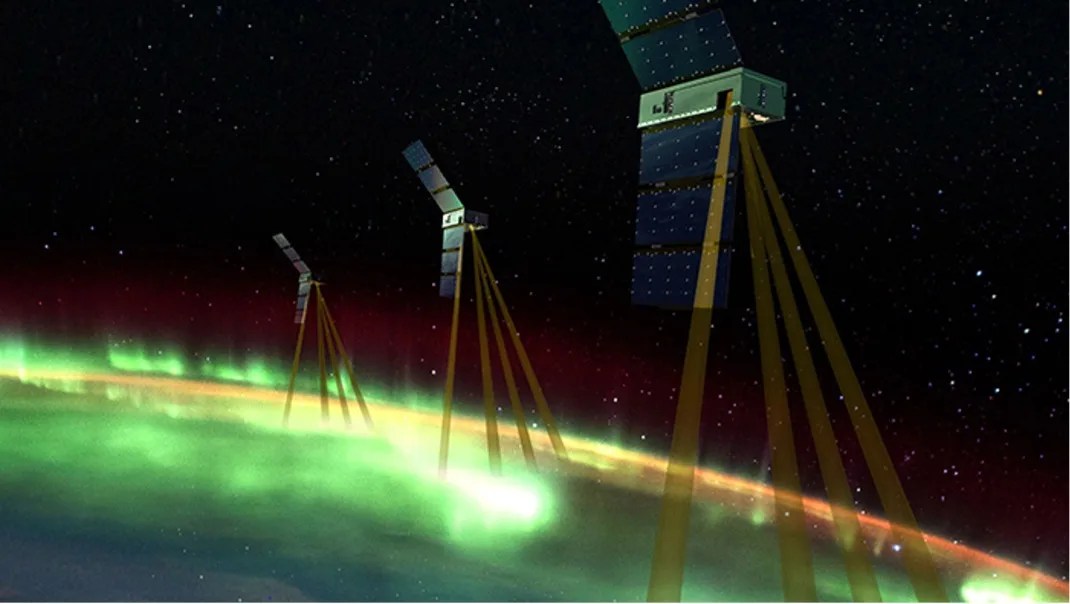

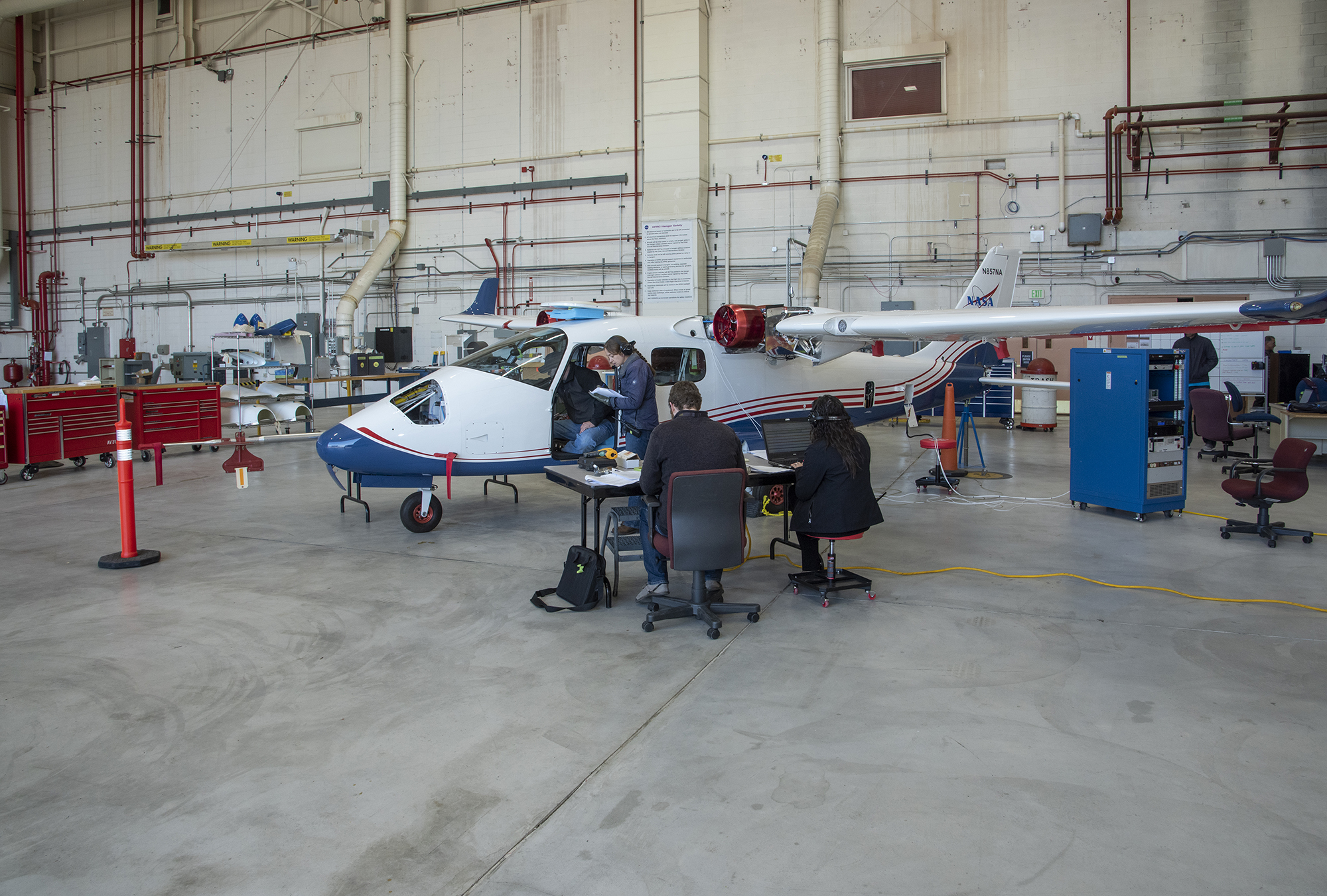
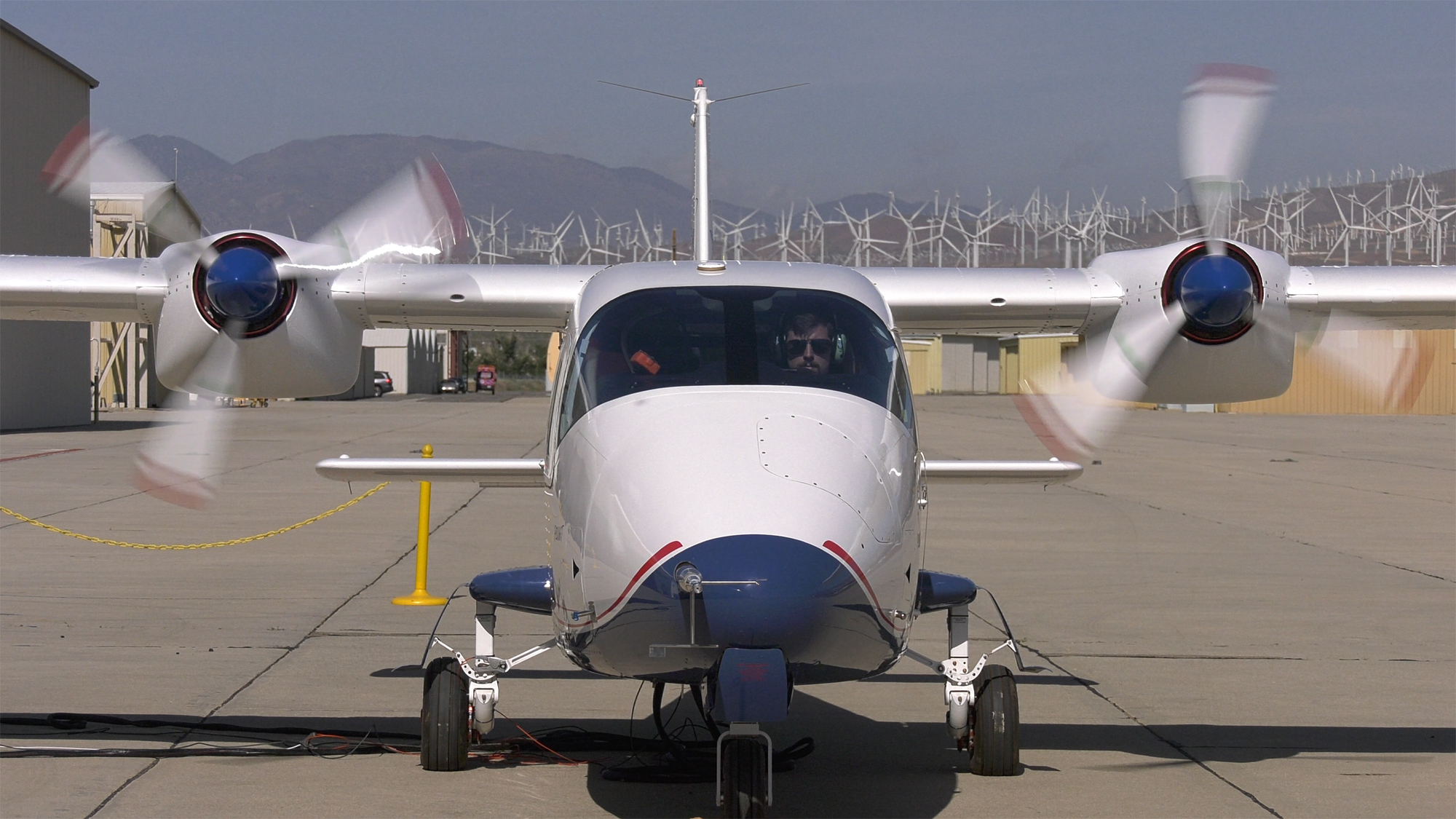
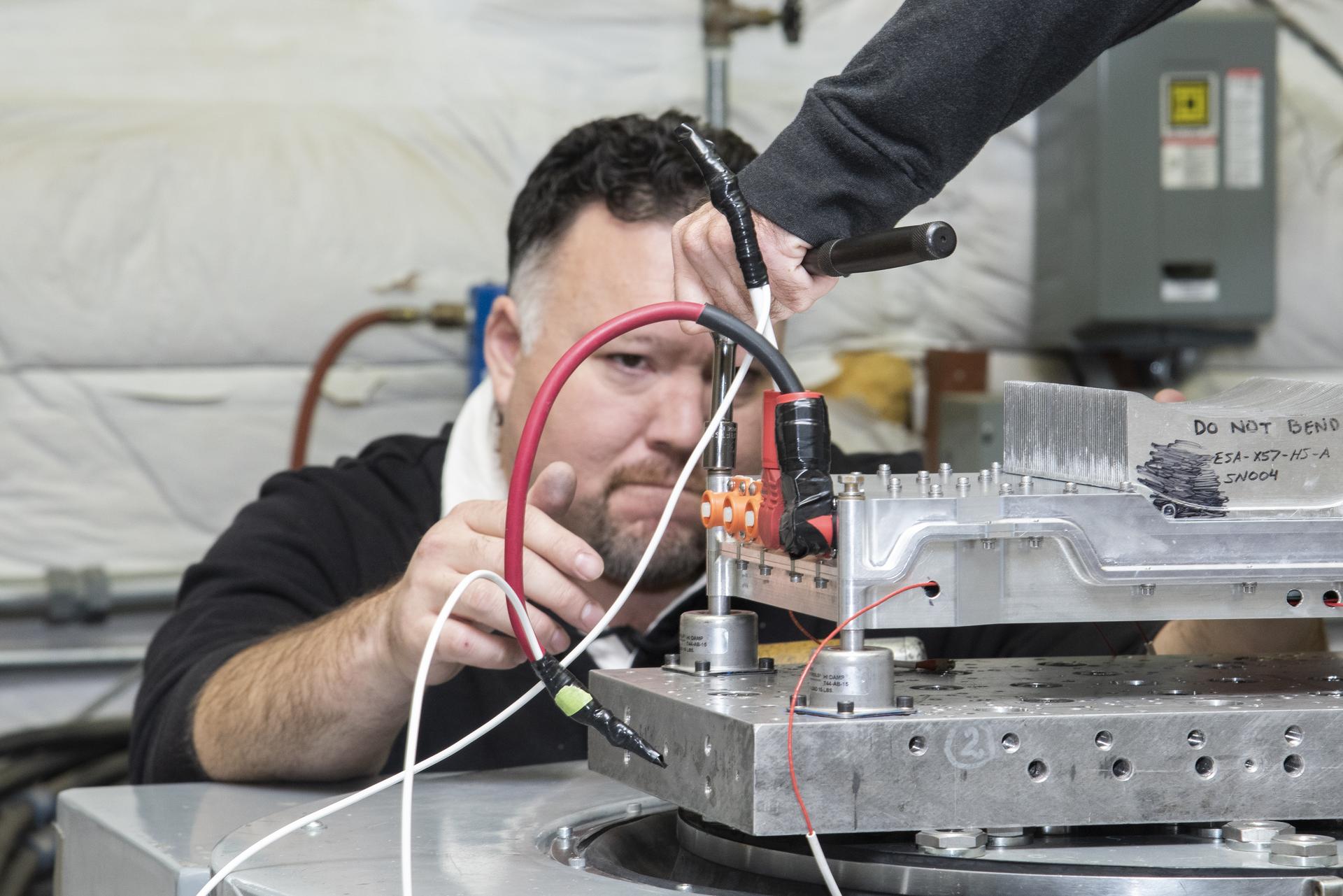

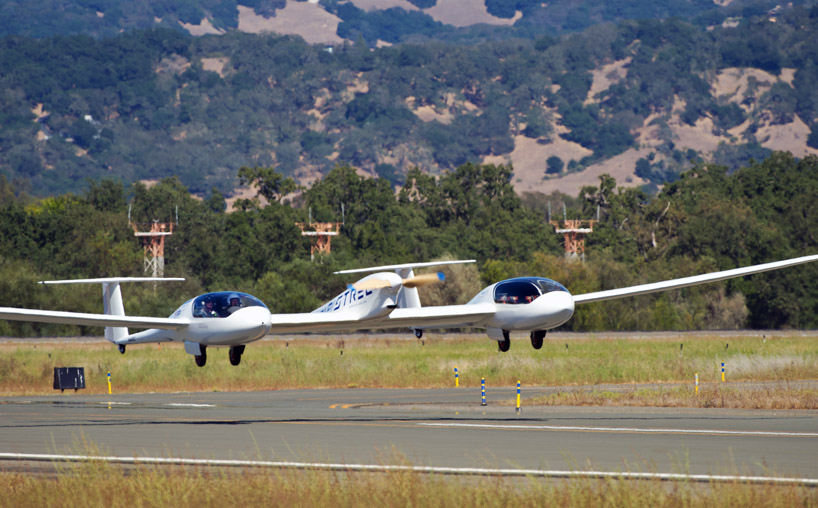
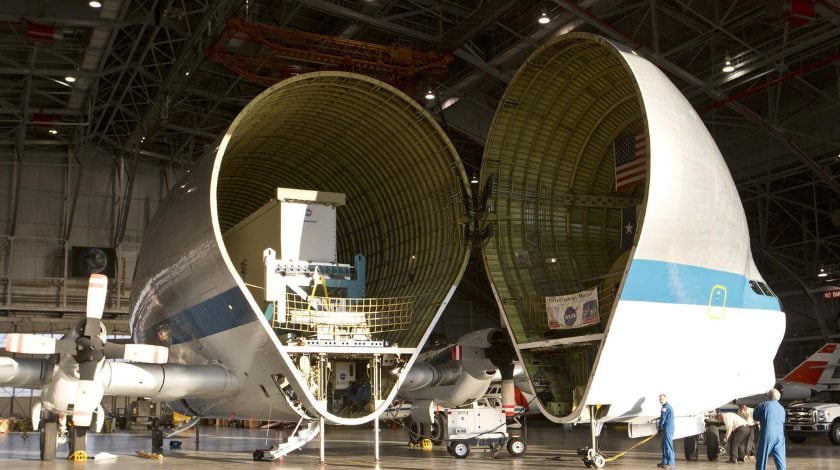

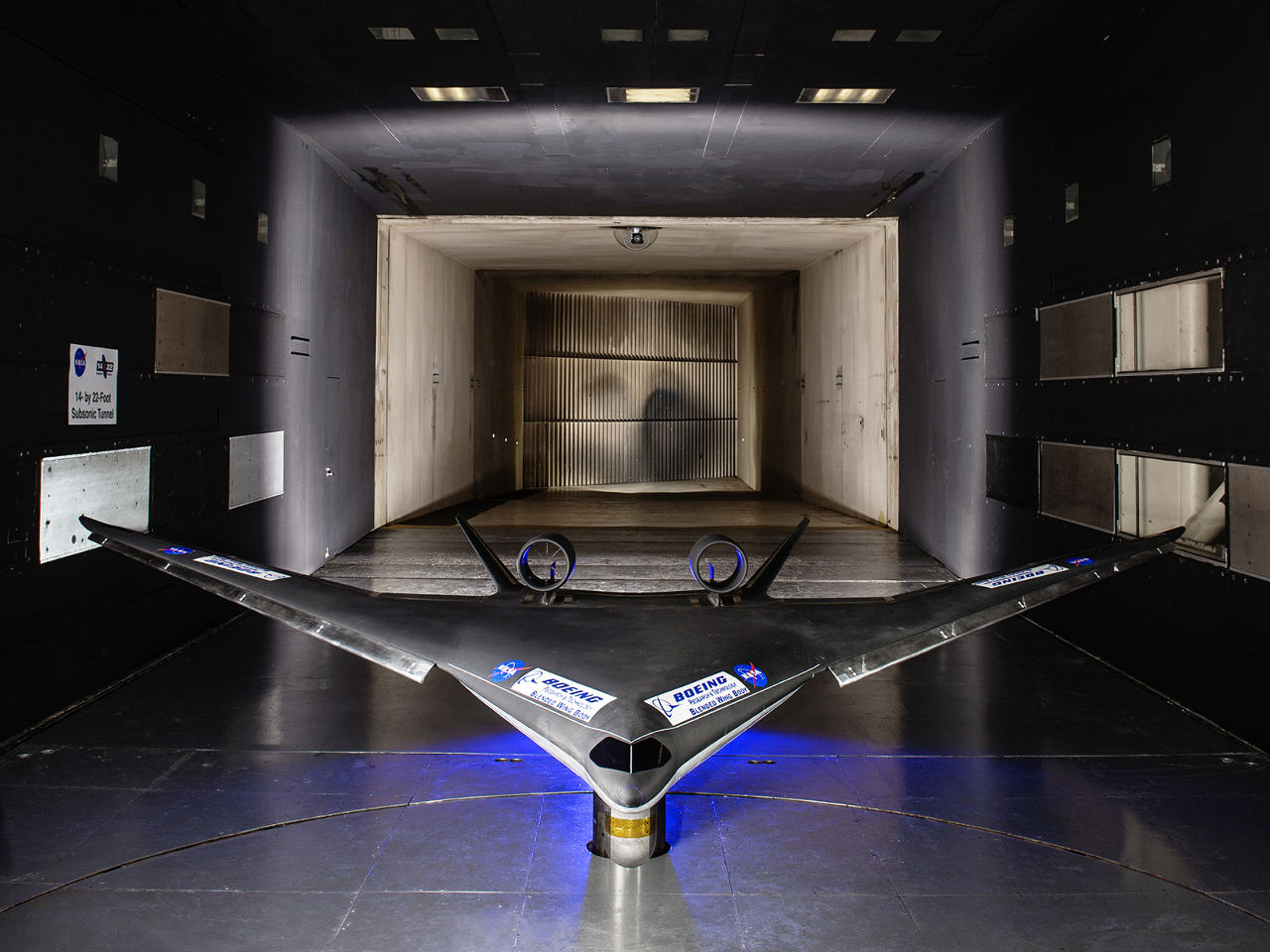


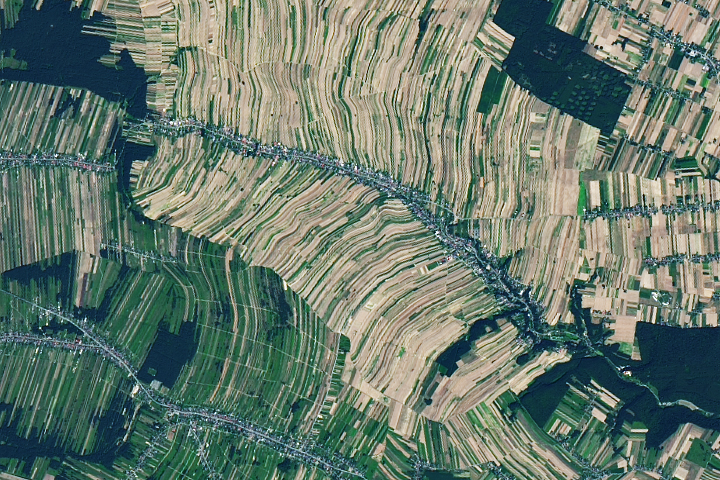





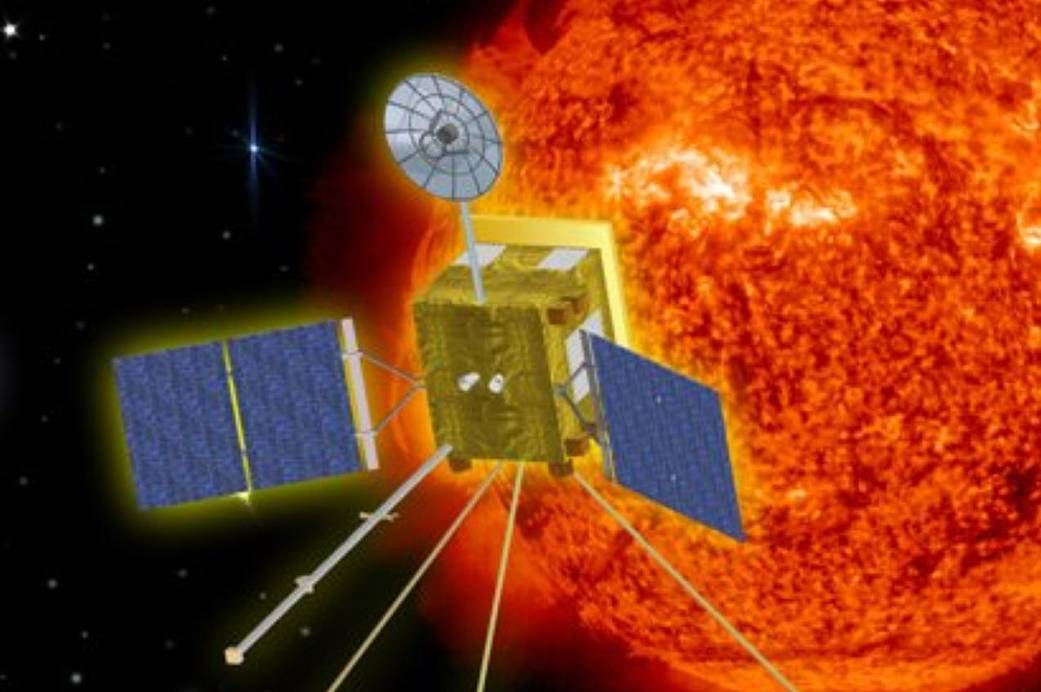
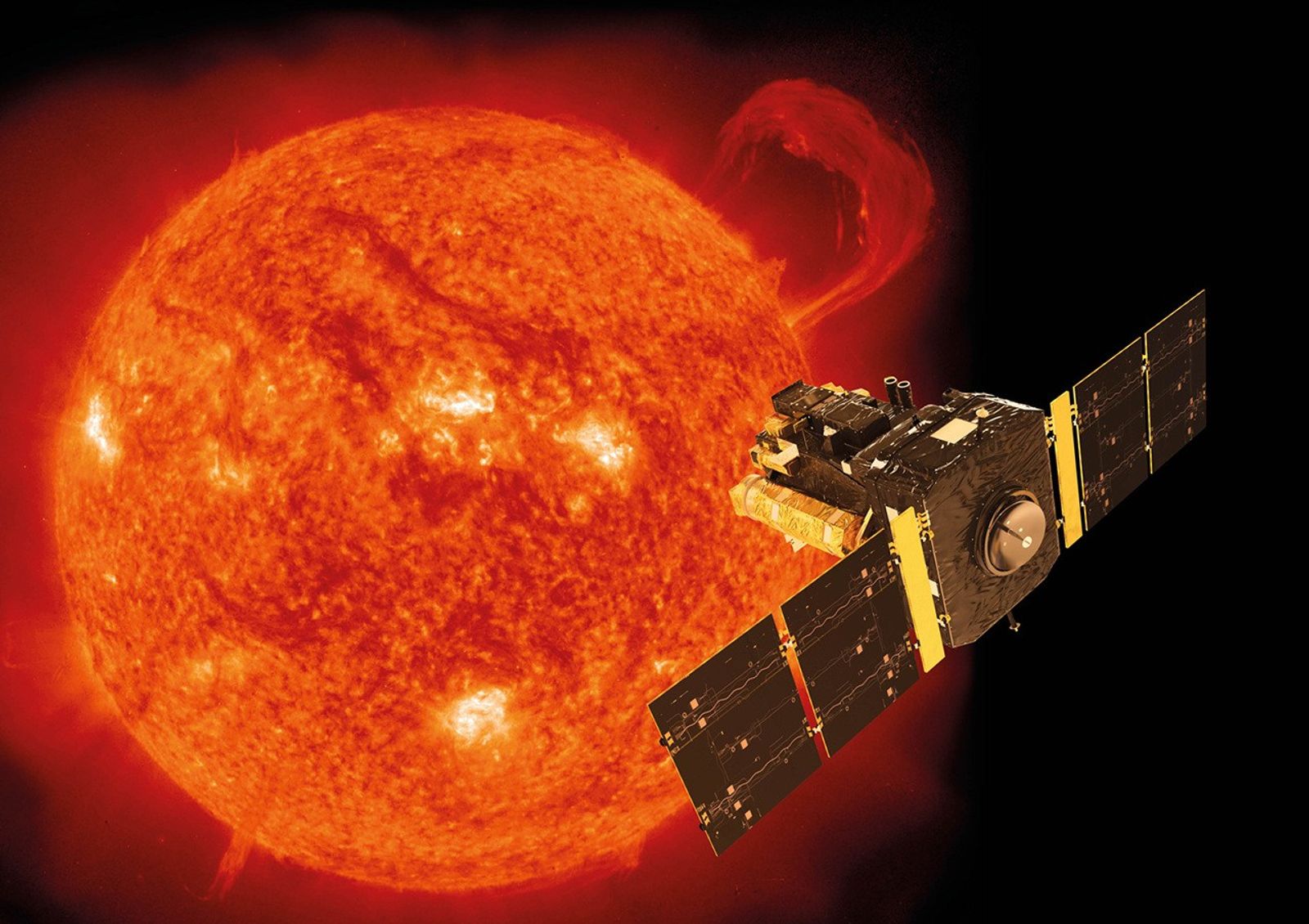

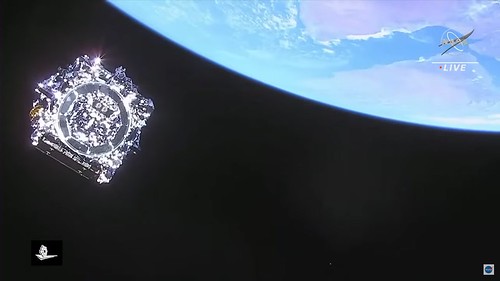

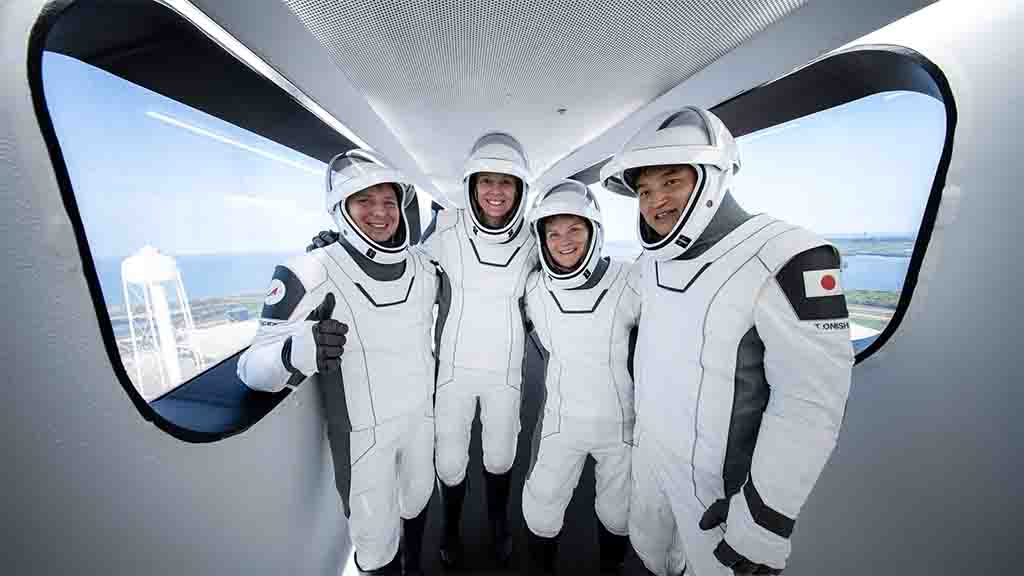

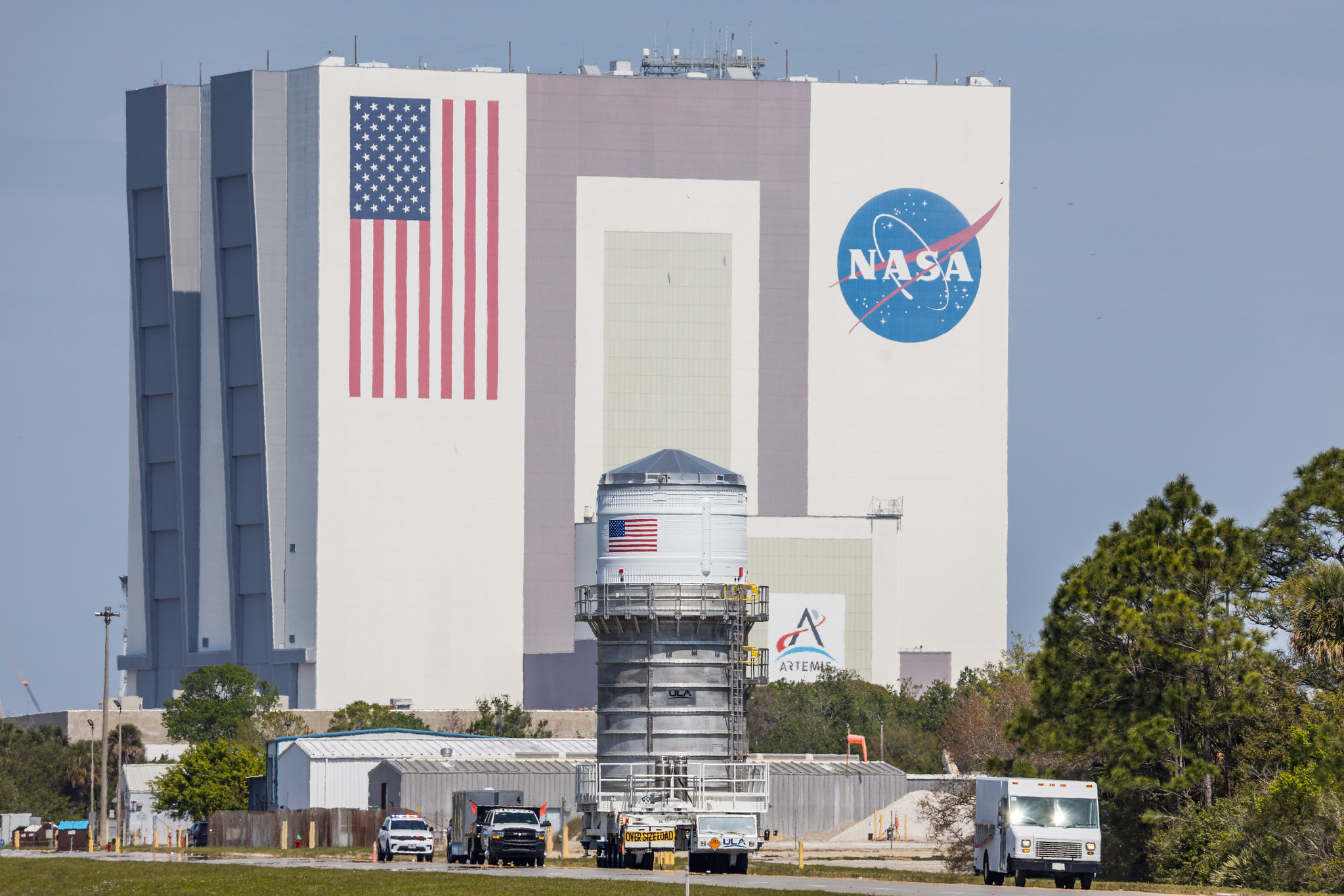
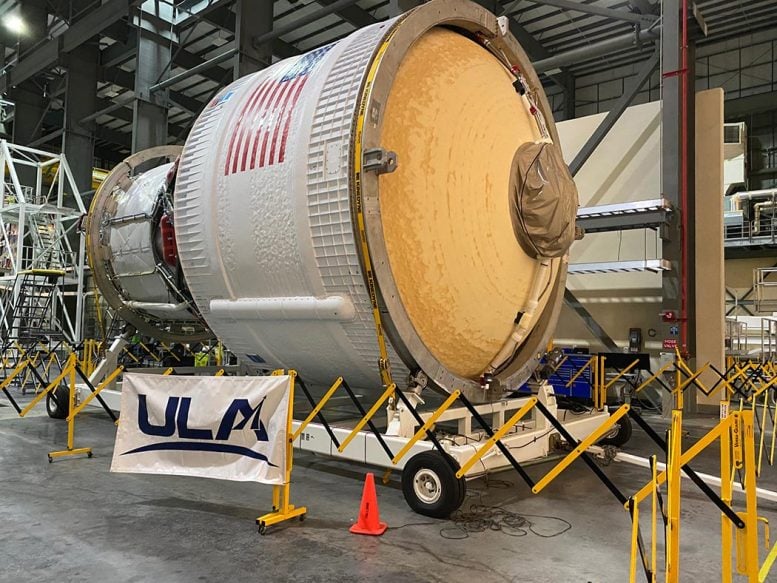


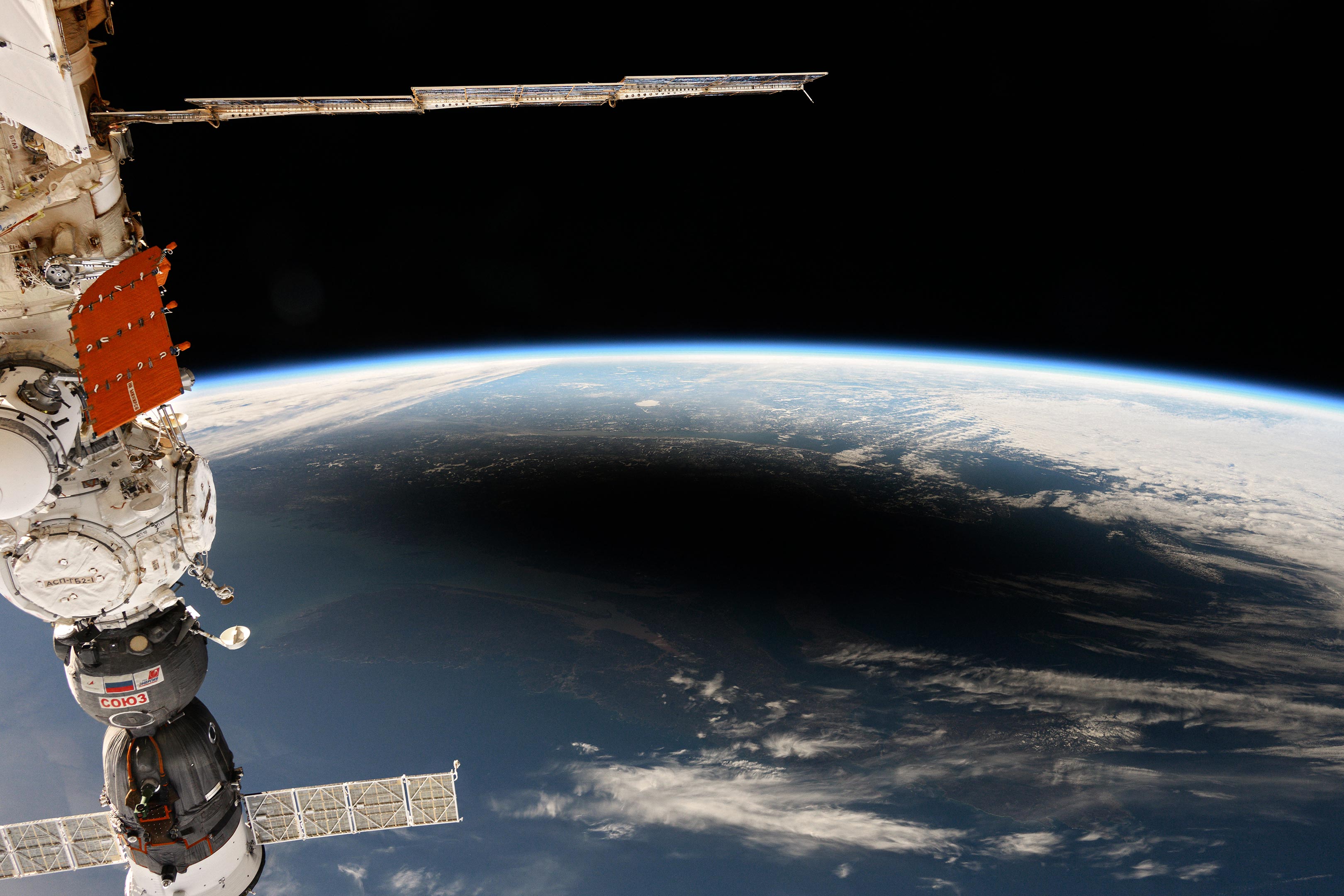


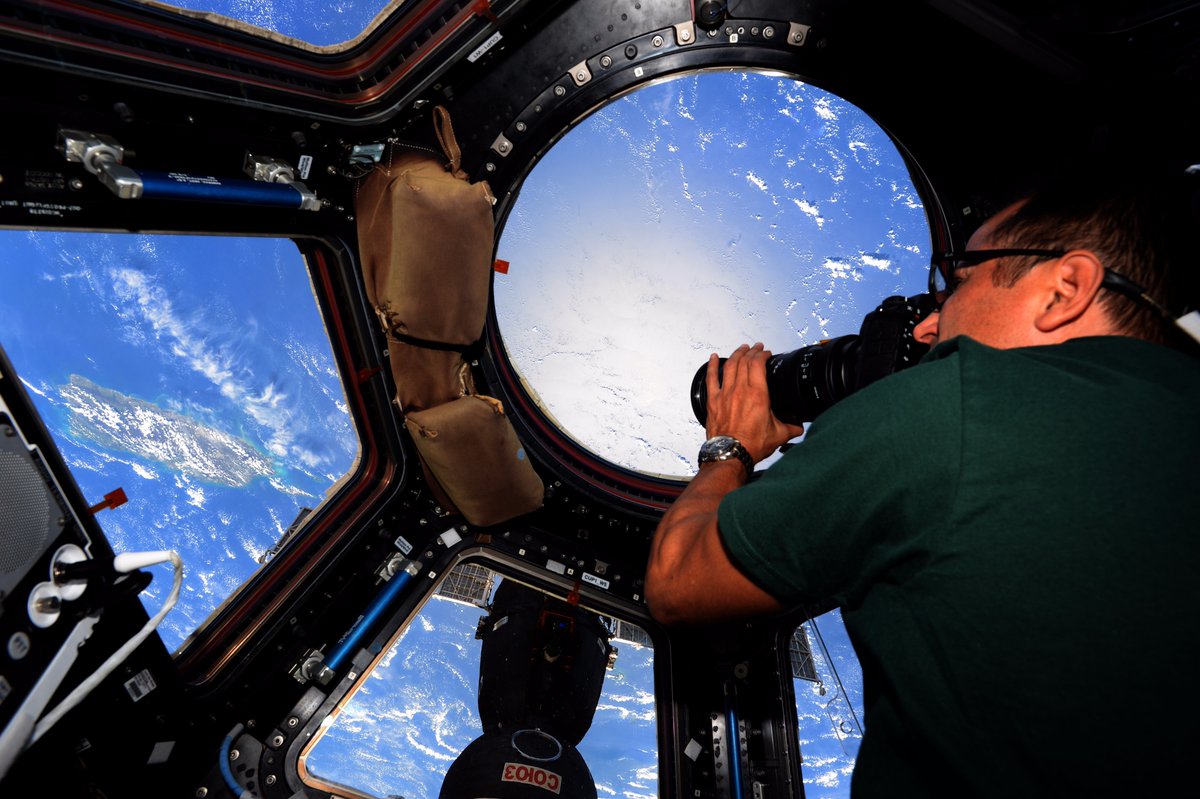



.jpeg)



